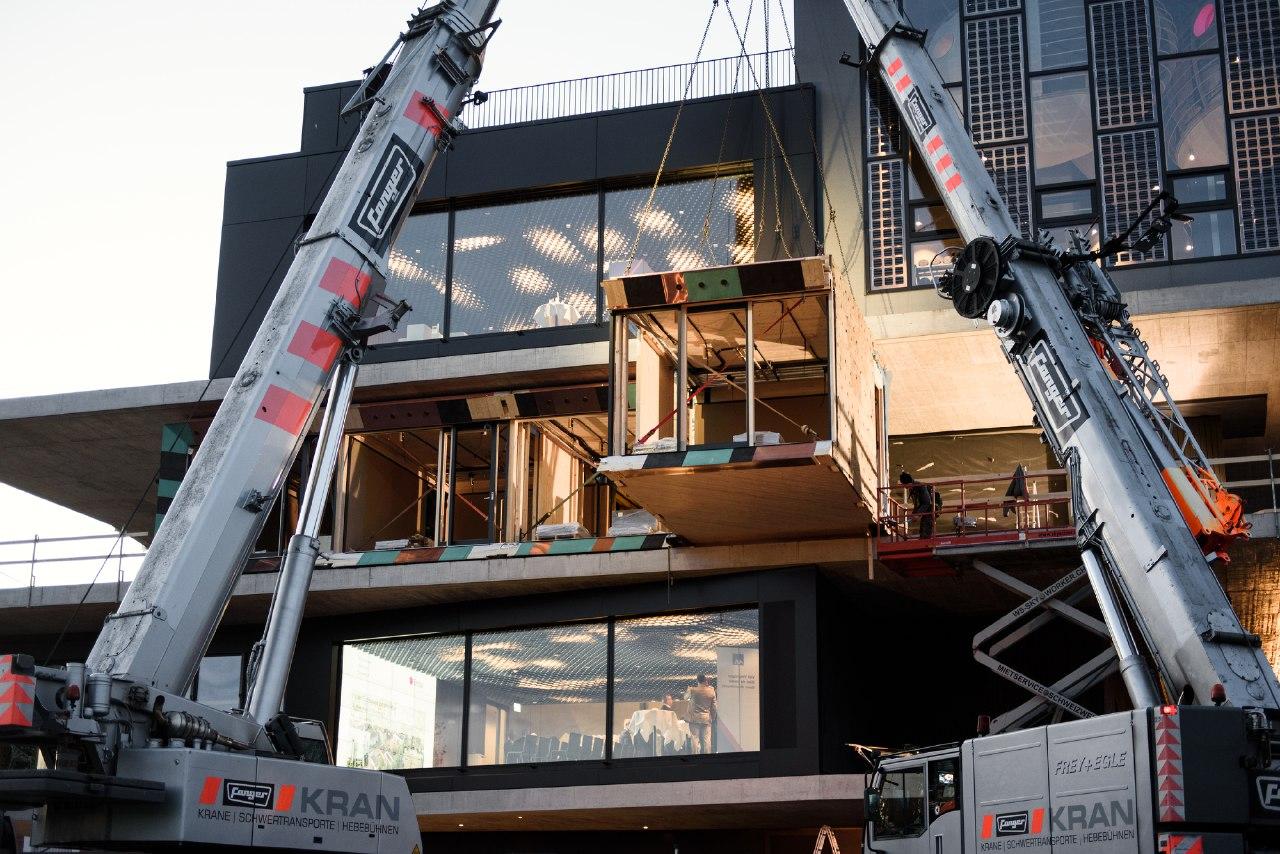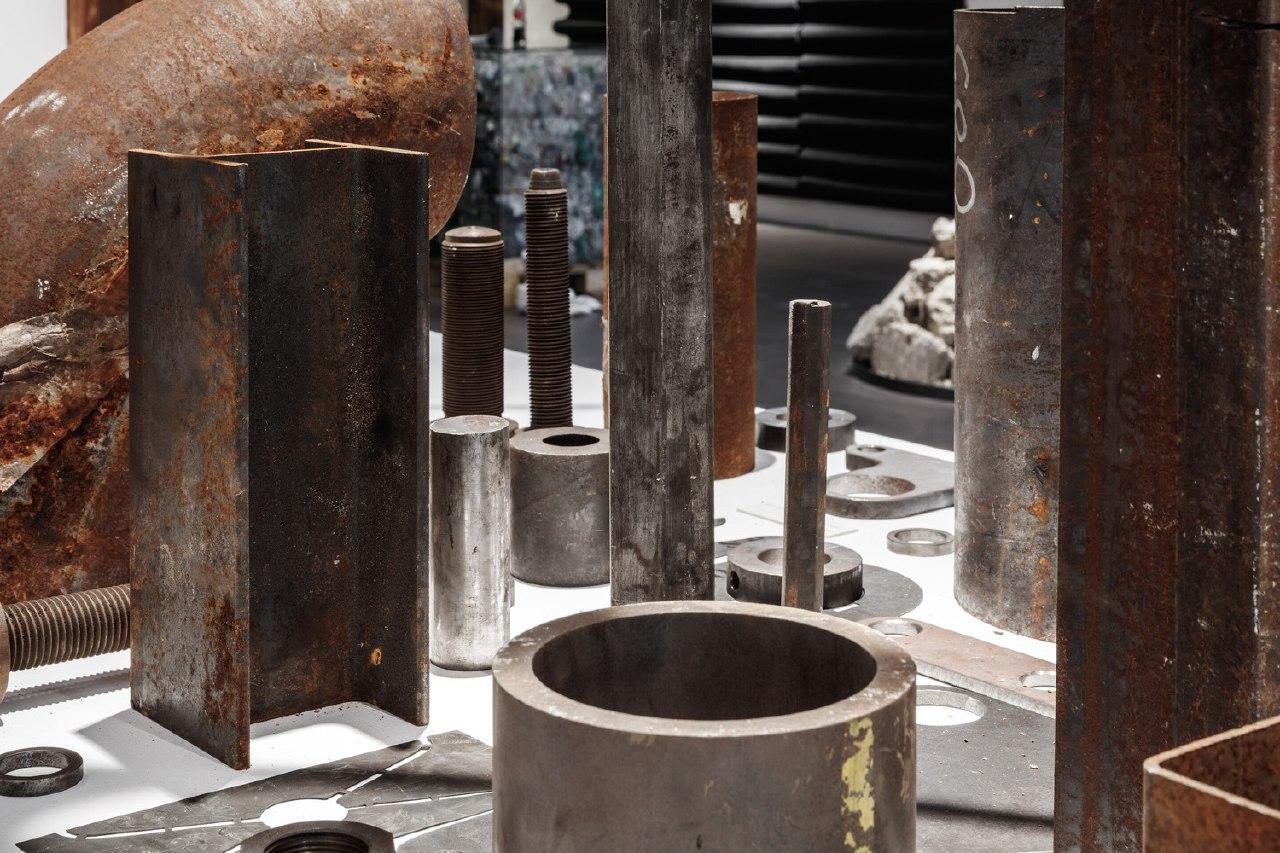Towards a Common Practice of Material Recycling
Archdaily_Making material recycling commonplace within the architectural field would require a top-down approach in adapting the industry’s processes and standards to create a suitable framework for the task. However, individual endeavours are bringing about change within the profession, pushing for a reconsideration of architecture’s relationship to waste. This article looks at some of the initiatives that are spearheading the transition towards a common practice of material recycling.
Firstly, it is worth mentioning that there are a series of factors responsible for the slow adoption of second-use materials in architecture. The lack of regulation and information regarding potentially salvageable materials, the absence of storage infrastructure, the overwhelming practice of demolition instead of disassembly are a few of the obstacles preventing architects from using recycled materials in their work. The following initiatives have found ways to tackle these challenges and provide an insight into what needs to be accomplished in order to use recycled materials on a broader scale.
Advancing Knowledge on Circular Economy

A range of research projects is slowly but steadily disseminating the principles of the circular economy, raising awareness of the value of reusing materials. The EU project BAMB – Buildings As Material Banks works towards providing practical applications around two essential topics: Material Passports and Reversible Design. Similarly, the UMAR (Urban Mining & Recycling) experimental unit added to the NEST modular research structure in Switzerland is an exercise in designing and constructing using only fully reusable or recyclable materials, within a Design for Disassembly approach. Created by Werner Sobek, together with Dirk E. Hebel and Felix Heisel, the project uses reversible material assemblies as well as recycled components such as repurposed copper sheets or recycled insulation materials. With this research endeavour, the architects hope to popularise the idea of buildings as material repositories.
Gathering Data for Material Recycling
Adhering to this concept of buildings as material banks, Dutch architect Thomas Rau initiated Madaster, a public database of materials within existing projects aimed at preventing construction waste in the future. Launched in 2017, this online library is the first global register of materials used in the built environment. The platform provides materials with an identity, logging information about quantities, qualities and value in what is called a material passport, allowing the materials to be recycled, resold or reused more easily. With more than two million square meters of materials and components registered in Madaster so far, the platform is a valuable contributor to the Netherlands’ goal to transition to a circular economy by 2050.
Services Instead of Products
Another idea designed to facilitate material recycling is rethinking certain products as services, where the ownership remains with the manufacturer, who in turn is responsible for the object’s end of life. Architect Thomas Rau experimented with this concept as well, creating several partnerships with light fixtures producers and appliances manufacturers, in the first step towards a service-oriented approach to building components and products. The concept was put into practice at Amsterdam’s Schiphol Airport, where the lighting fixtures are not owned by the airport, but by the manufacturer, who is responsible for maintaining, repairing and recycling them.
Salvaging Building Components

Turning obsolete buildings into rubble is still the norm, but one Belgian architecture collective is trying to shift the practice towards reusing components and materials, thus reducing waste within the construction sector. Rotor, the cooperative design practice praised for its research and exhibition work put the knowledge on material flows in practice by creating the spin-off project Rotor Deconstruction. The latter is now a pioneering company working to carefully dismantle buildings and salvage components from large scale developments set up for demolition.
Thinking Outside the Norm
Sometimes, the potential recycled materials may be found outside the architectural realm, as Dutch practice Superuse has discovered. One of their designs, Wikado Playground, uses wind turbine blades to create an inspiring landscape for children. Their projects range from temporary installations to permanent buildings, and the studio manages to tap into the potential of residual flows by reversing parts of the design process. With this type of projects, the practice sources materials first, gathers information regarding their quantity, quality and possible use and then produces a design according to what is available.
Trailblazers
One architecture practice which has managed to fully integrate upcycled materials into its workflow is Lendager Group. The Danish firm is spearheading the path towards a circular economy through an extensive portfolio of projects that carefully repurpose waste into a valuable construction resource. One such example is the Holiday Cabin project, which uses bricks from local demolition sites, whereas the walls, panels and facades are made of waste wood from a local floor manufacturer. Likewise, Lendager’s Upcycle Studios repurpose concrete waste resulted from the construction of the Copenhagen metro and reuse windows from local abandoned buildings. To achieve such feats, the company had to develop new business branches to research and design ways to upcycle building materials that comply with technical and legal requirements, as well as to source and salvage these items. Lendager Group is both an example of dedication, and proof of the lengths one needs to go at the present moment to recycle construction materials. As commendable their effort, this kind of results is out of reach for most architecture practices, as they require expanding the business into new, highly specialised fields.
These examples represent some of the individual endeavours successfully addressing specific challenges faced by material recycling, and they help paint a comprehensive picture of the phenomenon. For the time being, the practice of reusing construction materials is still at the fringes of architecture, and the unclear process, together with the added responsibility are significant deterrents for most architects. It goes without saying that reshaping architecture’s approach to construction waste and resource consumption is imperative. However, this profound change calls for a more structured and homogenous work frame, which is yet to be defined by the profession.
